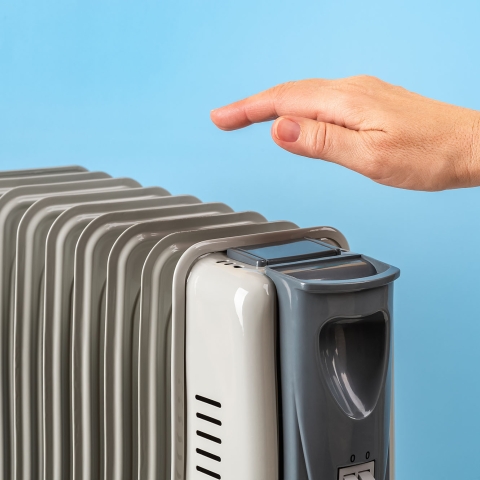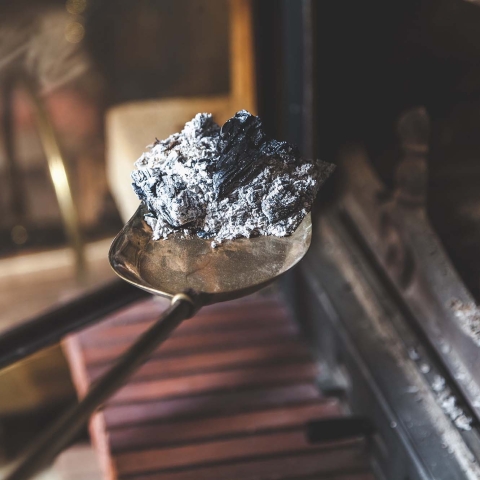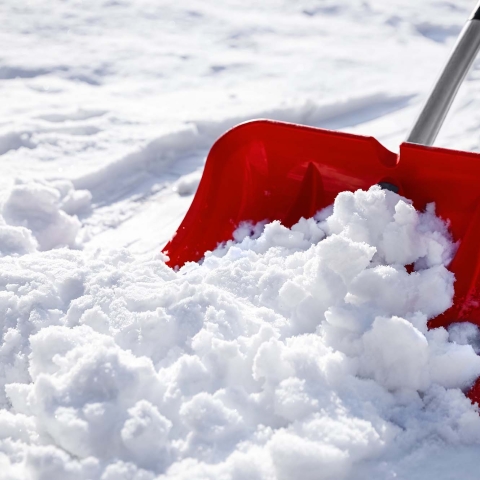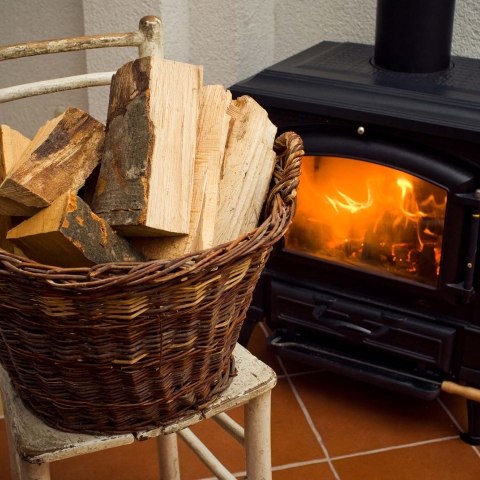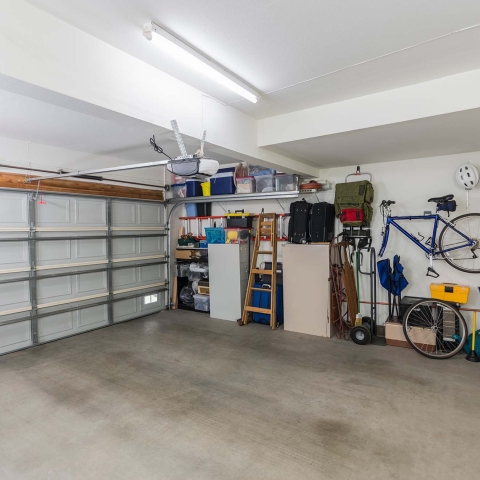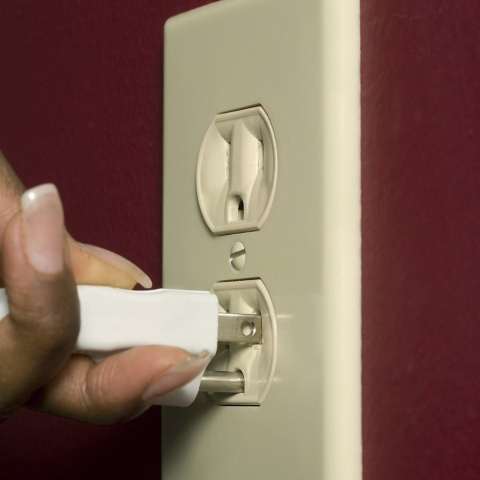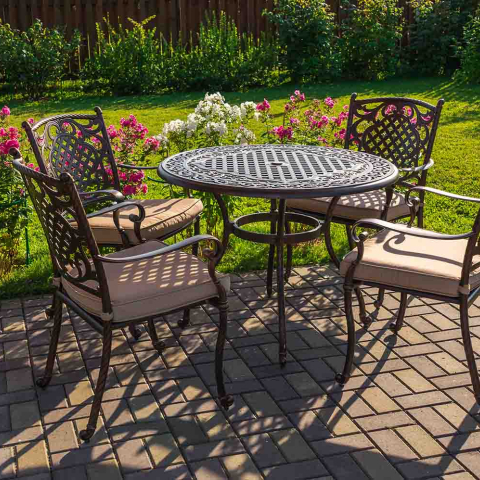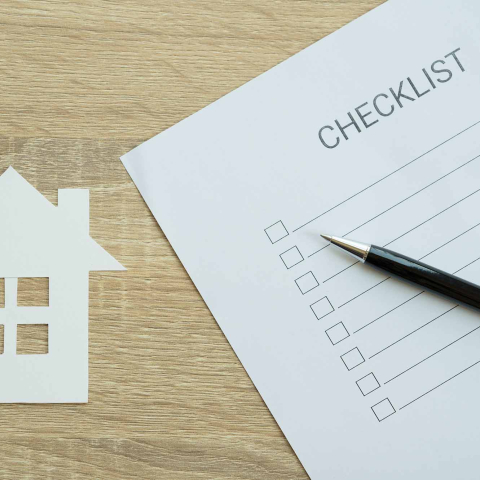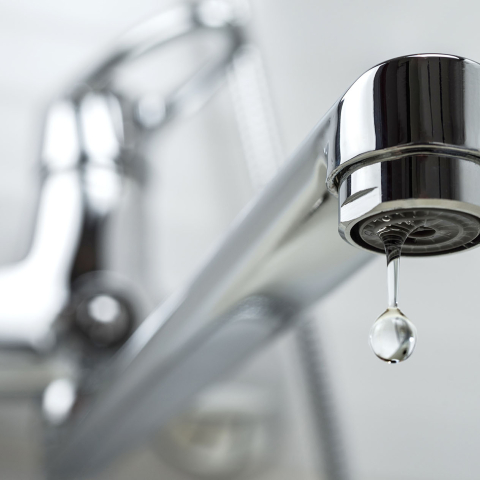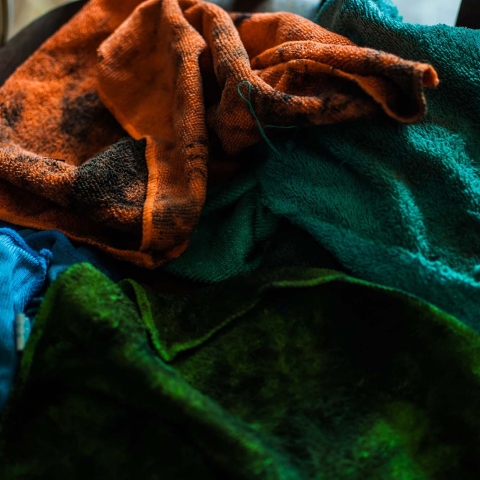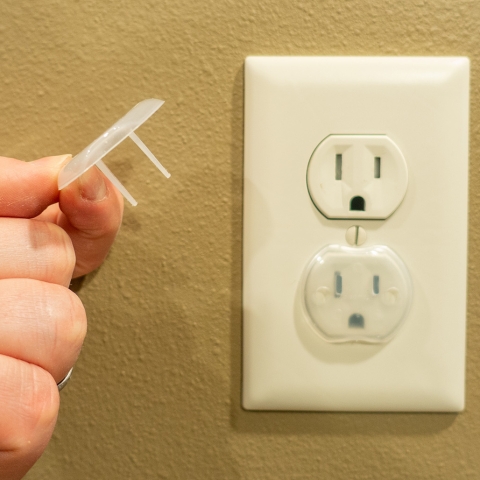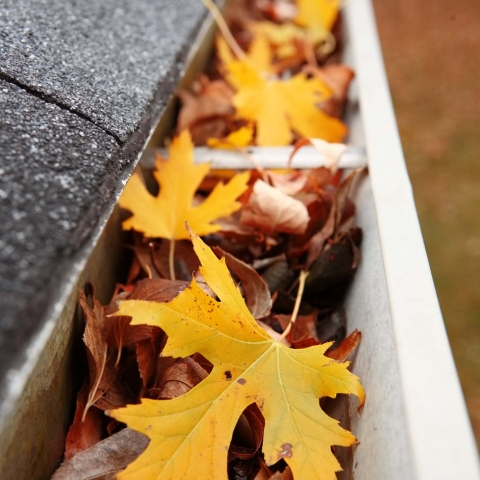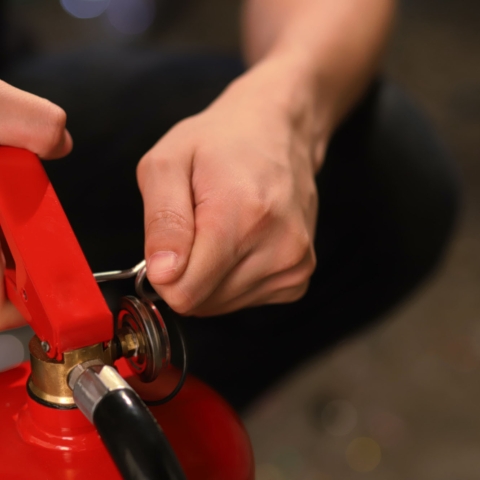What to Do When You Have a Water Loss
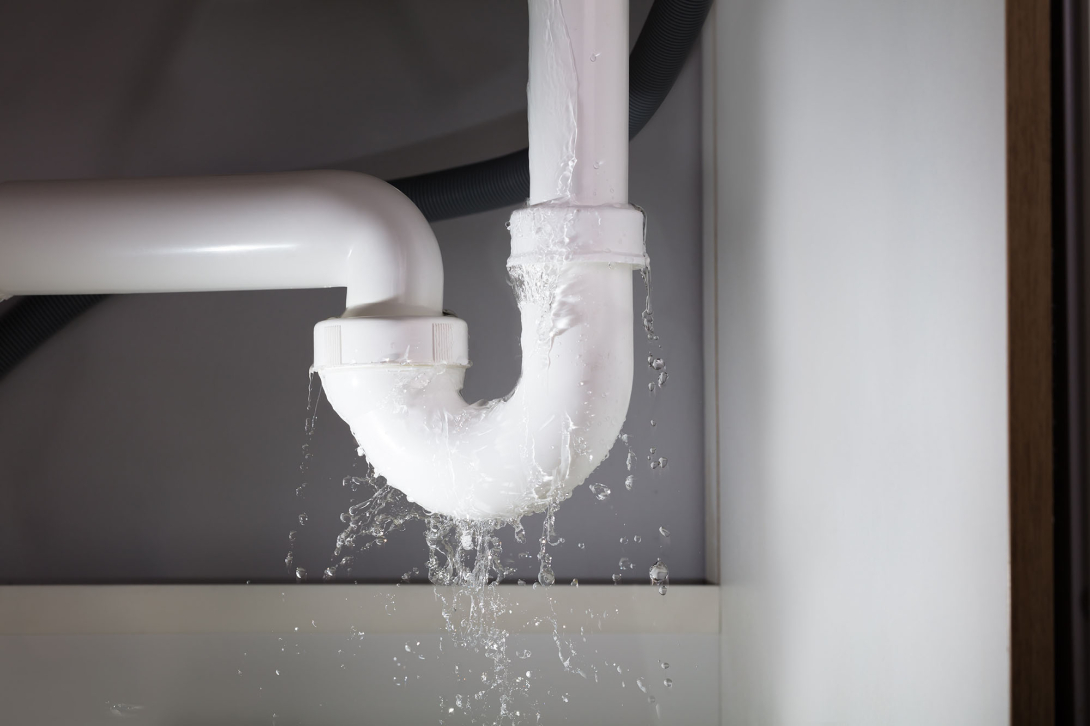
Swift action is essential
As a homeowner facing the unexpected challenge of water damage—whether from a burst pipe, a leaky roof, or a malfunctioning appliance—swift action is essential.
Here's your guide to navigating the immediate aftermath and the days that follow:
Urgent Steps (Within Minutes to Hours):
Stop the Water Flow: Quickly shut off the main water supply to help stop any further damage. If the issue stems from a specific appliance or fixture, turn off the nearby valve if it's within reach.
Prioritize Safety: Cut power to affected areas if water is near electrical outlets or panels. Steer clear of standing water where electrical risks may be present.
Document the Damage: Capture the scene with clear photos and videos of all impacted areas and belongings before beginning cleanup. This documentation is vital for your insurance claims process.
Initiate Mitigation: If safe, begin removing the water using towels, wet/dry vacuums, etc. Move furniture and valuables to a dry location. Use fans and dehumidifiers to accelerate drying.
Engage a Professional Restoration Team: For significant water damage, enlist experts who can efficiently extract water, deploy advanced drying equipment, and safeguard your home against mold growth.
Contact Your Insurance Agent or Indiana Farmers Insurance: Report the damage to your insurance agent or Indiana Farmers Insurance as soon as possible. You can reach us at 800.477.1660 24 hours a day, 7 days a week. You can also report the claim online.
Combat Mold: Mold can start developing within just 24–48 hours, making swift drying essential. Ensure walls and floors remain open until thoroughly dried and inspected. Even if you think you’ve gotten everything dried up, contact a professional who can come out, assess the situation, and confirm everything is dried out.
Preserve Damaged Belongings: Keep damaged items safely until your claim representative has reviewed them. Catalog any items beyond repair, noting their descriptions and values. Ensure your mitigation or plumbing team does not dispose of any faulty or replaced materials. All items need to be retained for review by the claim representative in case subrogation exists. Subrogation is the legal right that allows one party (for example, your insurance company) to make a payment that is actually owed by another party that caused the loss and then collect the money from the party that owes the debt after the fact.
Gather Manuals and Purchase Receipts: If you have an appliance leak, locate its manuals and/or original purchase receipts so they are ready and available when your claim representative requests them.
Longer-Term (1–2 Weeks+):
Partner with Your Claim Representative: Navigate the claims process with your rep. Ensure all necessary documentation and access are available.
Start Repairs: When you receive the green light, embark on repairs and reconstruction. Secure written estimates and diligently keep all receipts. If you have a mortgage or loan on your property, your mortgage company or lender is legally required to be listed on your insurance policy, and because of this the lender may be named on your settlement payment. If the mortgage company or lender named on your payment is incorrect, please contact your claim representative. To obtain the mortgage company's endorsement, please contact the mortgage company directly.
Understand ACV vs RCV: Think of ACV (Actual Cash Value) as the current value of your damaged property, factoring in depreciation. RCV (Replacement Cost Value), on the other hand, helps cover what it would cost to repair or replace with similar materials today. For example, if your total RCV is $70,000, you’d first receive an ACV payment—let’s say $38,000—to start repairs. Once the repairs are finished, you’d get up to the remaining $32,000, but not more than actually incurred. If you have a lienholder, their name might appear on your payments, and they may manage the funds as repairs move forward, sometimes asking for quotes or paperwork along the way.
The information presented in this document is for informational and educational purposes only. It is intended to assist individuals, farmers, and business owners in identifying common hazards/risks and considering proactive loss prevention or loss mitigation actions. For information related to specific loss hazards or questions regarding specific policy coverage, please contact your insurance agent.

